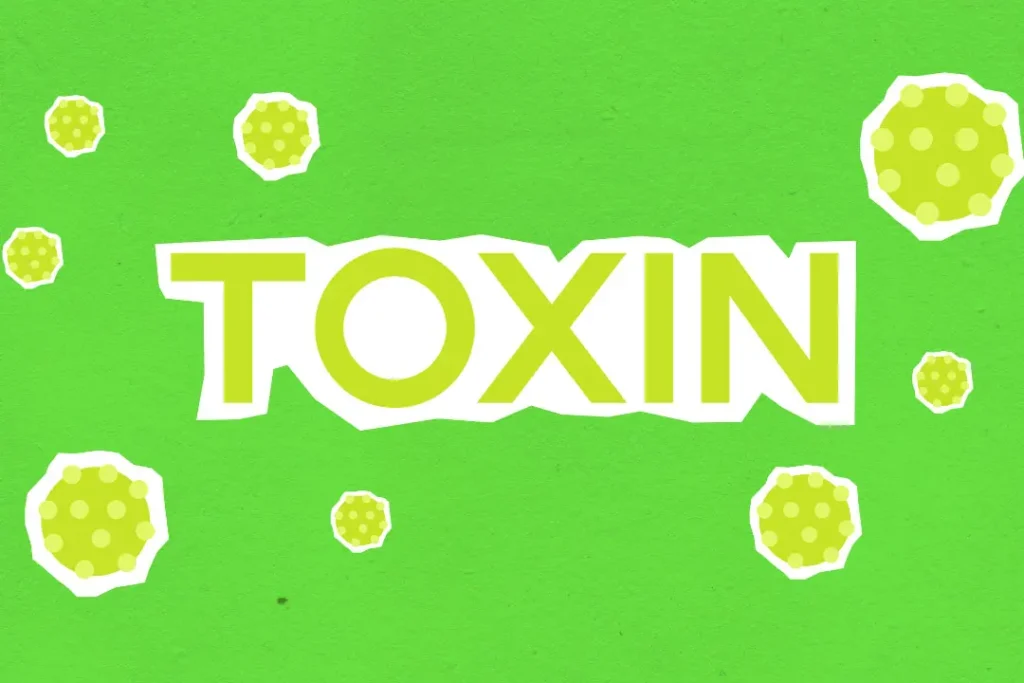A distinct portion of the electromagnetic spectrum that ranges in wavelength from 5.6 to 1000 micrometers is known as Far Infrared Radiation (FIR). Due to its potential therapeutic uses, FIR has been receiving more and more interest in the world of health science. This article seeks to present a comprehensive assessment of the scientific literature on FIR with a focus on its mechanism of action, health advantages, ideal dose, potential side effects, probable drug interactions, and appropriate usage for you.
You May Also like:
The Best Supplements for Memory and Brain Fog: 5 Top Brands Reviewed
Finding the Best Supplements for Brain Fog After COVID: 5 Top Brands Reviewed
Far Infrared Radiation: Benefits, Dosage, Side Effects, Drug Interactions, and Other Important Information is an original (NootropicsPlanet) article.
Nature of Far Infrared Radiation
One of the types of electromagnetic radiation that cannot be seen by the human eye is known as Far Infrared Radiation. It is located near the microwave section of the electromagnetic spectrum, at the extreme or far end of the infrared spectrum. FIR is not only a byproduct of solar radiation that occurs naturally, but it may also be produced intentionally using materials like ceramics, fabrics, and sauna heaters that release FIR.
FIR emission results from the vibration of atoms and molecules. When these tiny motions are heated to an excitation level, infrared light is released as a result. Notably, the distinctive spectrum of FIR wavelengths matches the fundamental frequencies of rotation and vibration of biological molecules, making FIR particularly applicable in biophysical and physiological situations.
Health Benefits and Physiological Mechanisms of FIR
The capacity of FIR to deeply penetrate human tissues, such skin, blood vessels, lymphatics, nerves, and muscles is substantially key to its therapeutic potential. This capacity for penetration may result in molecule excitation and produce modest, localized heating as a result. This FIR-induced thermogenesis can boost local circulation, raise tissue temperature, and activate a number of physiological reactions.
FIR treatment has shown to be effective in a number of areas related to human health, including:
- Cardiovascular Health: FIR sauna therapy has been demonstrated to boost heart performance, lower oxidative stress, and improve endothelial function. These advantages result from an increase in nitric oxide production, which causes vasodilation and better blood flow throughout the body.
- Pain and Inflammation: By improving blood circulation and enabling the elimination of metabolic waste and the supply of oxygen and nutrients to afflicted regions, FIR can ease pain and reduce inflammation.
- Wound Healing: FIR can speed up the healing of wounds by encouraging angiogenesis, cell proliferation, and collagen formation.
- Detoxification: Sweating caused by FIR can help remove toxins, helping detoxification procedures.

The Chemistry of Far Infrared Radiation
In order to know how Far Infrared Radiation (FIR) interacts with biological systems, there must be some understanding of the chemistry behind FIR. FIR is an electromagnetic wave that also contains energy like other types of light. Many biological molecules, like as water, proteins, and lipids, exhibit lower-frequency molecular rotations and vibrations that are matched by the precise energy delivered by FIR.
FIR neither ionizes molecules nor causes the breakdown of chemical bonds in contrast to higher energy radiation like X-rays or UV radiation. Instead, it stimulates these lower-frequency rotations and vibrations, which increases molecular thermal motion and, as a result, efficiently warms the molecules. Consequently, FIR is a type of thermal radiation that isn’t ionizing.
Physiological Mechanisms of Action
FIR has special characteristics that make it more efficient at penetrating the human body than other infrared radiation. This penetration is the main contributor to the ameliorant physiological effects of FIR and has multiple consequences on human tissues.
- Thermal Effects: Heating is the first effect of FIR exposure. The energy that FIR distributes to the water, proteins, and other biomolecules present when it permeates tissue causes them to vibrate more vigorously. This raises the local temperature, which causes vasodilation and an increase in blood flow, all of which encourage the body’s natural healing processes.
- Endothelial Nitric Oxide Synthase Activation: FIR can increase nitric oxide synthesis, which is a signaling molecule that relaxes and widens blood arteries. Endothelial nitric oxide synthase (eNOS) is activated during this process, which improves blood flow, nutrition delivery, and toxin clearance.
- Cellular Stress Response: Cells that have been exposed to FIR experience modest heat stress. Heat shock proteins, which play critical roles in preserving protein homeostasis and general cell health, are upregulated by cells in response to this stress.

Optimal Dosage and Delivery of FIR
Due to different FIR administration techniques, individual variability, and intended health goals, determining the ideal dose for each individual is difficult, but not impossible. FIR treatment often entails sessions of FIR sauna bathing or wearing FIR-emitting clothing. At a typical rate of three to five times a week, sauna sessions of this sort are usually 15 to 30 minutes long. Usage of FIR-emitting clothing is dependent on your personal comfort and manufacturer recommendations.
Far Infrared Radiation: Benefits, Dosage, Side Effects, Drug Interactions, and Other Important Information is the (NootropicsPlanet) report.
Side Effects of FIR
FIR treatment has been utilized for many years in a variety of medical applications and is generally regarded as safe. However, if safety precautions are not implemented, some people may develop minor adverse responses including light burns, dehydration, or heat exhaustion when receiving FIR sauna therapy. The key to preventing these negative effects is for you to properly hydrate and to limit exposure.

Potential Interactions with Substances
Research on the interactions between FIR and chemicals is scarce. The danger of overheating and dehydration during FIR sauna therapy, however, may be increased by medications like alcohol or sedatives that affect the body’s capacity to regulate temperature. You are advised to stay away from these things if preceding FIR treatment.
Best Responsible Uses of FIR
There are a few responsible use guidelines that should be followed to optimize the advantages and reduce the hazards of FIR treatment. These include being well hydrated, avoiding excessive exposure, seeking medical advice if one has a pre-existing ailment, and following the instructions given by the makers of FIR devices.

Far Infrared Radiation:
Conclusion
There are multiple types of radiation that exist on what is called the electromagnetic spectrum. Much of this spectrum is invisible to the naked, human eye. Sometimes, the word radiation may have a negative connotation, but it is true that not all forms of radiation are harmful to human life and health. Such is the case with FIR, a type of radiation that has multiple applications in medical treatments.
Due to the inherent properties of this type of radiation, it has the power to increase blood flow, which is often a catalyst to the processes in the body required for healing. This, among its other effects on health, are worth scientific exploration and personal investigation. Follow safety guidelines and see if FIR is compatible with your health needs and goals.
References:
- “Far Infrared Radiation (FIR): its biological effects and medical applications.” Retrieved from: https://www.ncbi.nlm.nih.gov/pmc/articles/PMC3699878/
- “Biological Effects and Medical Applications of Infrared Radiation.” Retrieved from: https://www.ncbi.nlm.nih.gov/pmc/articles/PMC5505738/
- “Far Infrared Radiation.” Retrieved from: https://www.sciencedirect.com/topics/physics-and-astronomy/far-infrared-radiation
- “Biological activities caused by far-infrared radiation.” Retrieved from: https://link.springer.com/article/10.1007/bf01084598
Important Note: The information contained in this article (Far Infrared Radiation: Benefits, Dosage, Side Effects, Drug Interactions, and Other Important Information) is for general informational purposes only, and should not be construed as health or medical advice, nor is it intended to diagnose, prevent, treat, or cure any disease or health condition. Before embarking on any diet, fitness regimen, or program of nutritional supplementation, it is advisable to consult your healthcare professional in order to determine its safety and probable efficacy in terms of your individual state of health.
Regarding Nutritional Supplements Or Other Non-Prescription Health Products: If any nutritional supplements or other non-prescription health products are mentioned in the foregoing article, any claims or statements made about them have not been evaluated by the U.S. Food and Drug Administration, and such nutritional supplements or other health products are not intended to diagnose, treat, cure, or prevent any disease.


